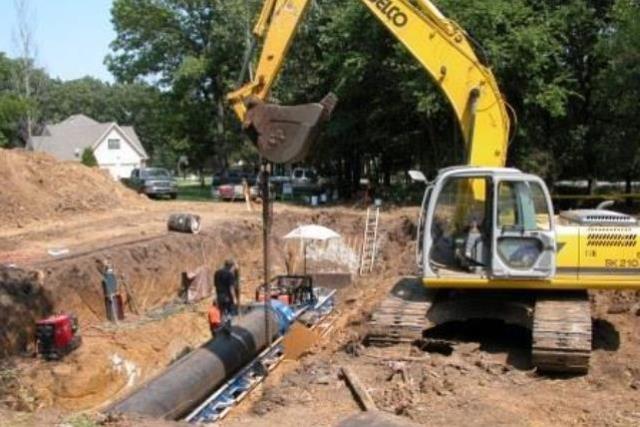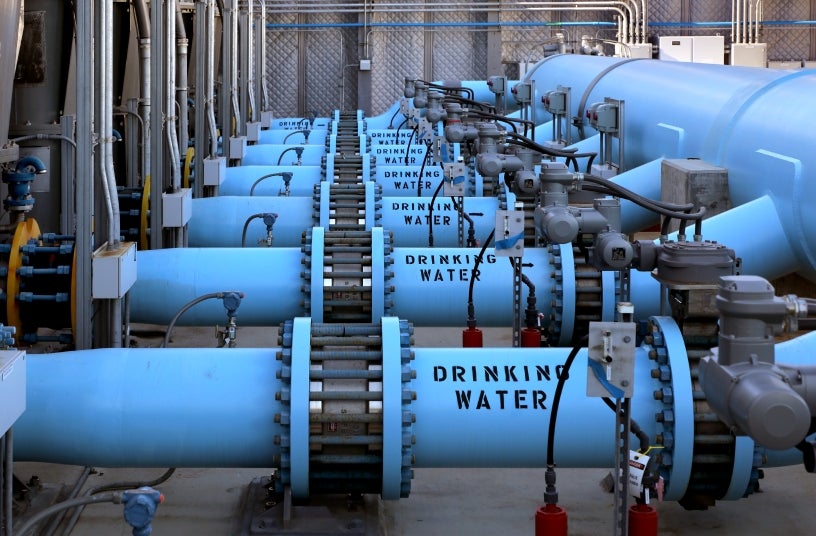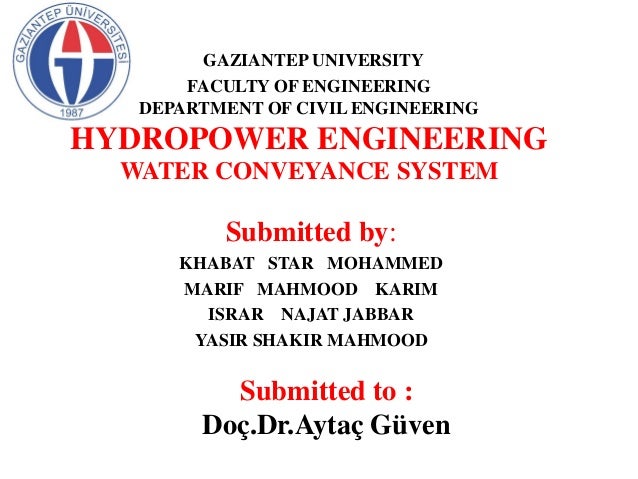
UHMWPE pipe or PE100 pipe is generally selected in the design because of their high-cost performance. In the HDPE pipe series, the selection of PE80, PE100, steel skeleton plastic composite pipe, and ultra-high molecular weight polyethylene pipe shall also be determined according to the engineering geological conditions of the pipeline laying section.
#Water conveyance pipe naterial install
Moreover, it is extremely difficult to transport and install metal pipes in the desert, swamp, and salt lake areas, and some sections cannot be constructed at all. If metal pipes are selected, the external wall must strengthen grade anti-corrosion. The soil corrosives in this area are strong.

The comparison of the selection of ductile iron pipe, welded steel pipe, HDPE pipe, and other pipes shows that the scheme of using HDPE pipe saves about 20% of the total investment. Our institute has made a detailed technical and economic comparison of the pipe selection scheme. The long-distance water transmission project in the west water source area of Nalinggele, Qinghai passes through desert, swamp, salt lake, and other no man's land. Selection of Water Delivery Pipe Materials in Areas With Complex Engineering Geological Conditions When the water pipeline is not long (within 20 kilometers), it is also reasonable to appropriately increase the design flow rate. For example, when the flow velocity of DN600 pipe is 1.23m/s, the head loss of 100km has reached 170m. If the flow velocity is too large, the head loss increases rapidly, the pressure grade of the pipe and the project cost increase accordingly, and the probability of water hammer increases at the same time. In the long-distance water transmission project of our institute, the velocity of the DN200 pipe is 0.7m/s, and that of the DN600 pipe is 1.23m/s. From the perspective of safe operation, it is recommended that the design velocity of a long-distance non-metallic water transmission pipeline should not be greater than 1.5m/s. When the pipe diameter is small, a lower flow rate can be adopted, and when the pipe diameter is large, a higher design flow rate can be adopted. The design flow rate is mainly determined through technical and economic comparison. When the pipe diameter is small, take 10%.

The local head loss of the pipeline is designed as 5% ~ 10% of the loss along the way. After one year's operation, the measured operating conditions of the long-distance water transmission pipeline in Lop Nur, Xinjiang are basically consistent with the calculated results. The calculation results of the two formulas are similar, and the latter is safer. In hydraulic calculation, some experts and data suggest Williams formula, with a C value of 145 ~ 160 (160 for UHMWPE pipe) The recommended formula in 4.3 of technical specification for outdoor polyethylene water supply pipeline engineering (discussion draft) is: I = 8.75 ╳ 10-4 ╳ q1.761/dj4.761.

The inner surface of the HDPE pipe (especially the UHMWPE pipe) is very smooth and the fluid resistance is small. Several Problems Encountered in Pipeline Design & Construction and Their Solutions Hydraulic Calculation and Design Flow Rate It is especially suitable for pipeline laying in areas with harsh environments such as a salt lake, swamp, Gobi, and desert. It is a new type of pipe popularized and applied in China in recent years. It has good resistance to high and low temperatures It has the advantages of environmental stress cracking resistance, impact resistance, aging resistance, corrosion resistance, and convenient installation. HDPE pipe usually refers to PE80 (including steel skeleton pipe), PE100, and ultra-high molecular weight polyethylene pipe.


 0 kommentar(er)
0 kommentar(er)
